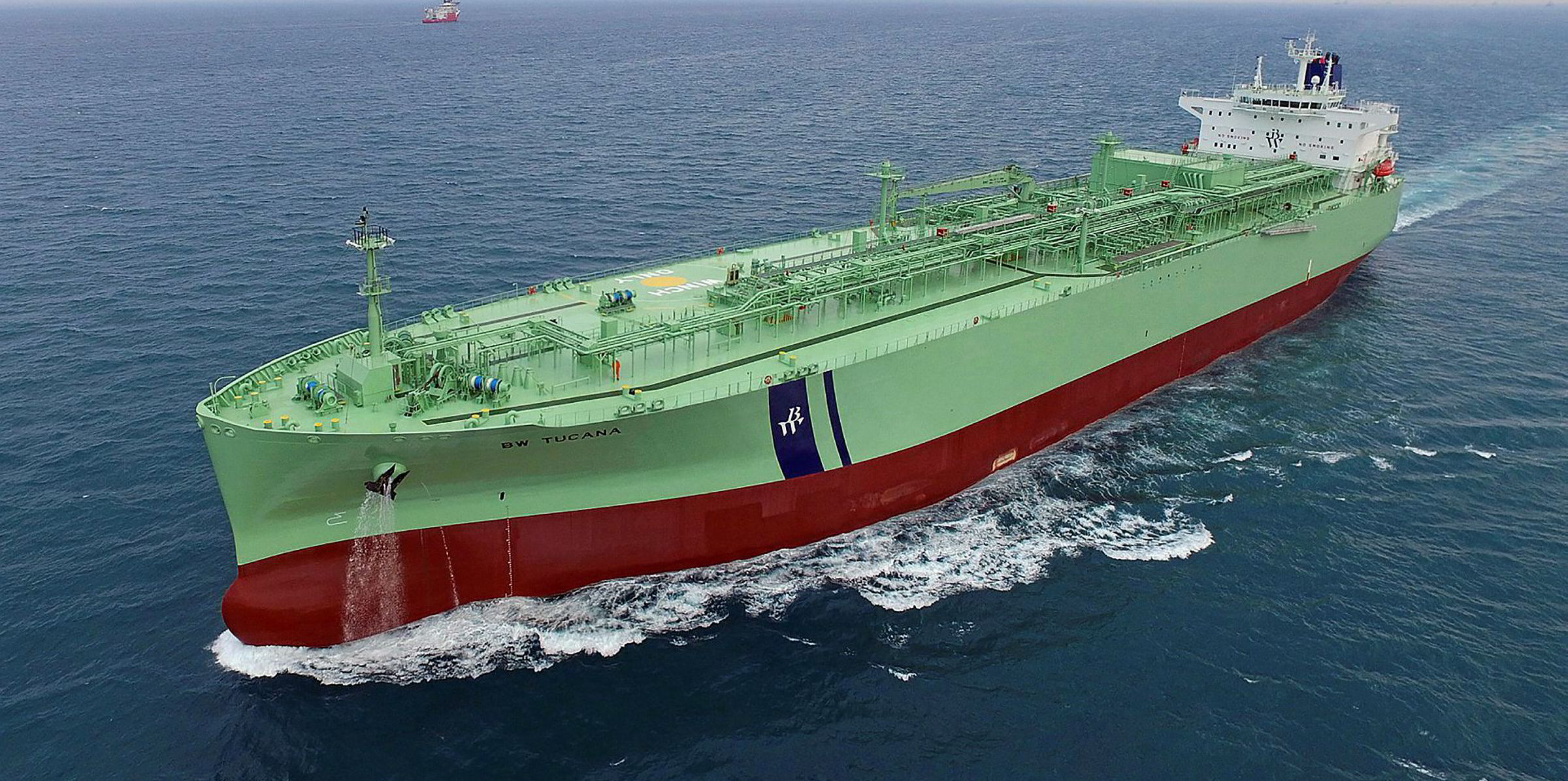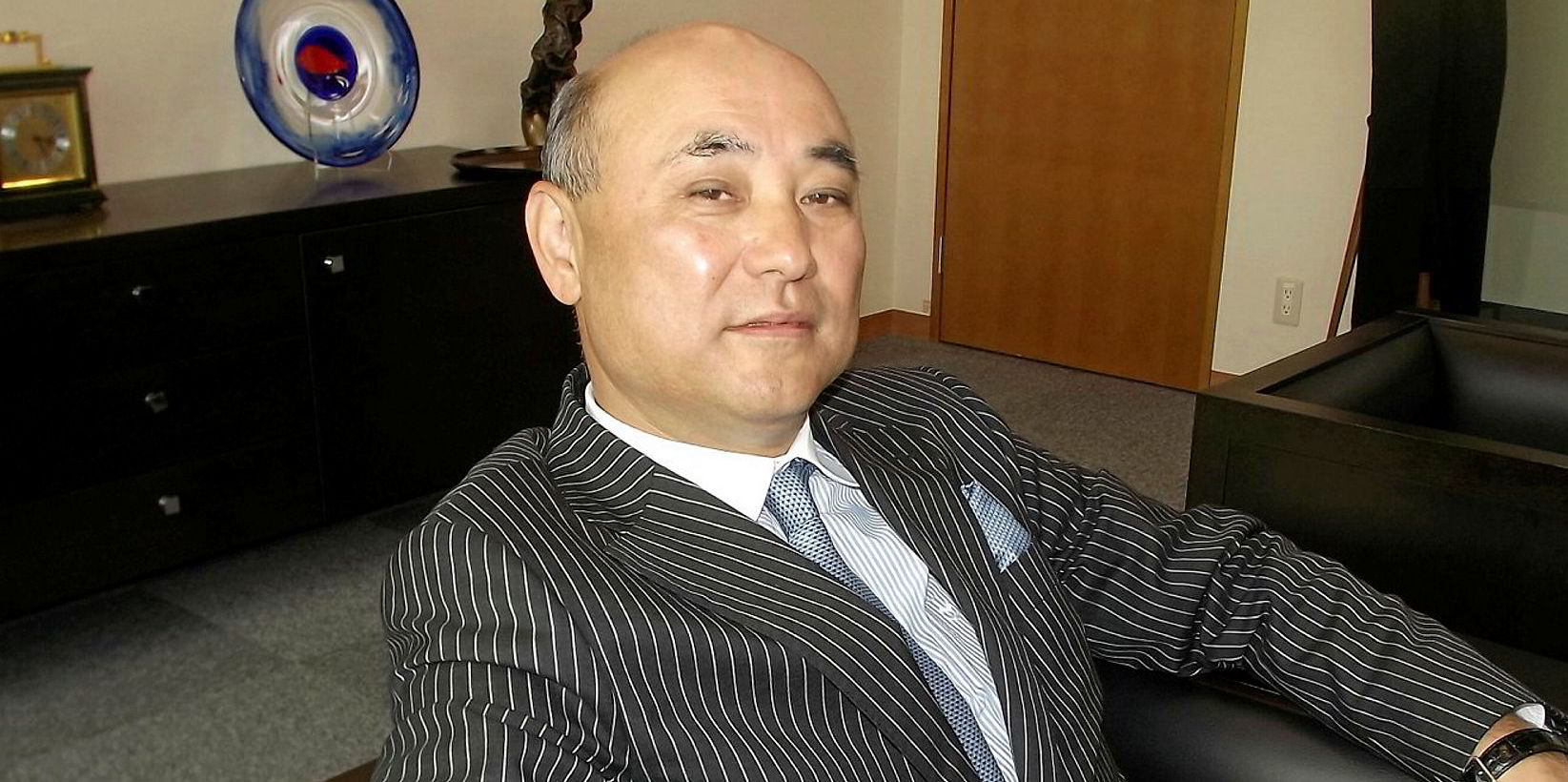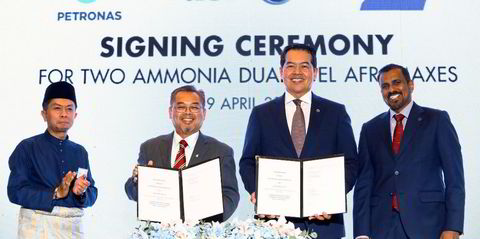A VLGC owned by BW LPG has arrived at a Chinese yard where it is set to become the first large LPG carrier retrofitted with a dual-fuelled propulsion system that will allow it to operate on LPG as fuel.
BW said its 84,000-cbm BW Gemini (built 2015) is now in Yiu Lian Dockyards (Shekou), which is a subsidiary of China Merchants Industry Holdings Co. The ship is the first of 12 VLGCs the company has said it will retrofit.
The company posted a shot of its team led by Stig Solheim and stated: “When complete, BW Gemini will be the world's first vessel with this technology on board.”
BW LPG’s engine retrofit project was derailed by the Covid-19 pandemic.
Work on the BW Gemini and its sisterships BW Leo, BW Libra and BW Orion was originally due to be completed at the end of the first quarter and carried out in conjunction with each vessel’s first dry-docking.
In April, a company spokesperson said the yard would start pre-fabrication work and the ships would continue trading with the VLGCs rescheduled to go into the yard in early June.
The vessels will be fitted with MAN Energy Solutions’ ME-LGIP two-stroke engines — which consume LPG as the main fuel and heavy fuel oil or compliant fuel as the pilot oil and two type-C, 900-cbm on-deck bunker tanks connected to the main cargo tanks.
BW has said previously that the first retrofits will add around 40 to 50 days to the ships’ dry-dockings.
The company has not given a price for the work.
Work is due to start in 2021 on the company’s additional eight vessels — the 84,100-cbm BW Balder, BW Brage, BW Freyja, BW Frigg, BW Njord, BW Tucana, BW Var and BW Volans (all built 2016).
BW has said using LPG as a fuel will improve efficiencies by around 10% over fuel oil, while generating gains in voyage fuel economics and meeting the IMO's sulphur emissions regulations.







